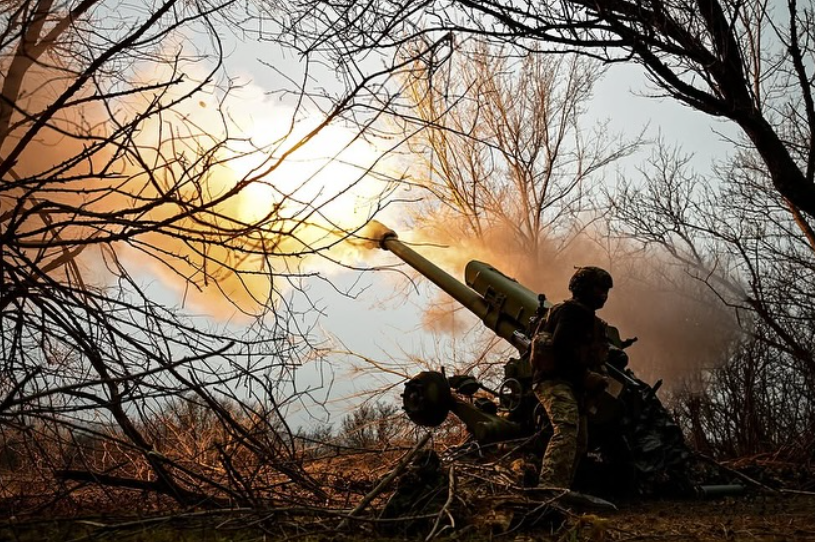[ad_1]
CHICAGO (Reuters) – A protein shortfall in this year’s U.S. soybean crop has forced processors like Bunge Ltd to cut the amount of the nutrient they can guarantee in soymeal, prompting concerns that animal feed costs and meat prices could rise.
Adverse crop weather this summer likely dragged down the protein content of soybeans, prompting concern that the soymeal produced at crushing facilities will be light on protein and other key nutrients, traders and agriculture experts said.
Soy plants can tweak processing steps to maximize protein yields and animal feeders can alter rations to include other feeds and supplements. But consumers may ultimately feel the pinch in higher poultry and pork prices as the steeper production costs are passed along.
“The pig doesn’t care if it’s a low-protein crop or not,” said Charles Hurburgh, professor of agricultural engineering at Iowa State University. “The pig just wants the protein so the nutritionist has to adjust rations. They will probably end up with a little bit more expensive rations.”
Hurburgh is gathering samples for the United Soybean Board’s annual soy quality survey. Early data suggests the U.S. crop would average about 34 to 34.5 percent protein, down from 35 percent normally, he said.
That may translate to lower-protein soymeal.
High-protein soymeal that typically is sold with 47.5 to 48 percent protein is being offered at 46.5 or 47 percent instead, traders said.
“In general, the industry is seeing lower protein content in new crop soybeans,” said Deb Seidel, spokeswoman for Bunge North America. “Bunge, along with most other operators, have adjusted protein specs (in soymeal) to ensure we are accurately reflecting the product we sell to our customers.”
She did not elaborate on the size of those adjustments or the plants at which they have occurred.
“With a few exceptions, pretty much everyone is going to 47 (percent) in the East and 46.5 in the West. And to be honest, some can’t even make that at this time,” said a rail soymeal broker who declined to be named.
Livestock and poultry will feel the impact later this year or in early 2018 after more newly harvested beans are processed and mixed into feed rations.
“A diet manufactured at a feed mill where lower crude protein bean meal is being used, that’s going to be more expensive,” said Omarh Mendoza, associate director of nutrition at The Maschhoffs, the fourth-largest U.S. hog producer.
Additional reporting by Julie Ingwersen in Chicago; Editing by Matthew Lewis
[ad_2]
Source link






Leave a Reply